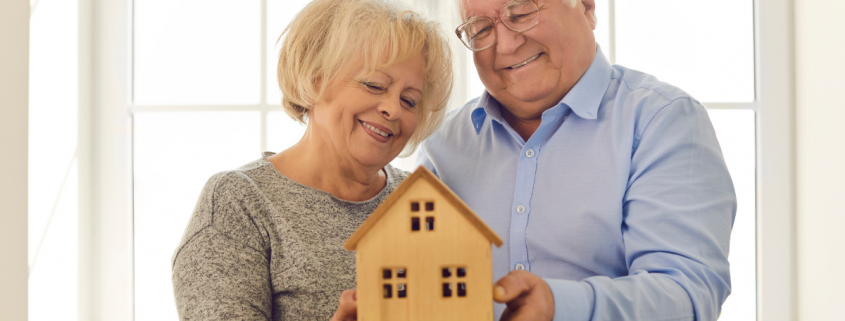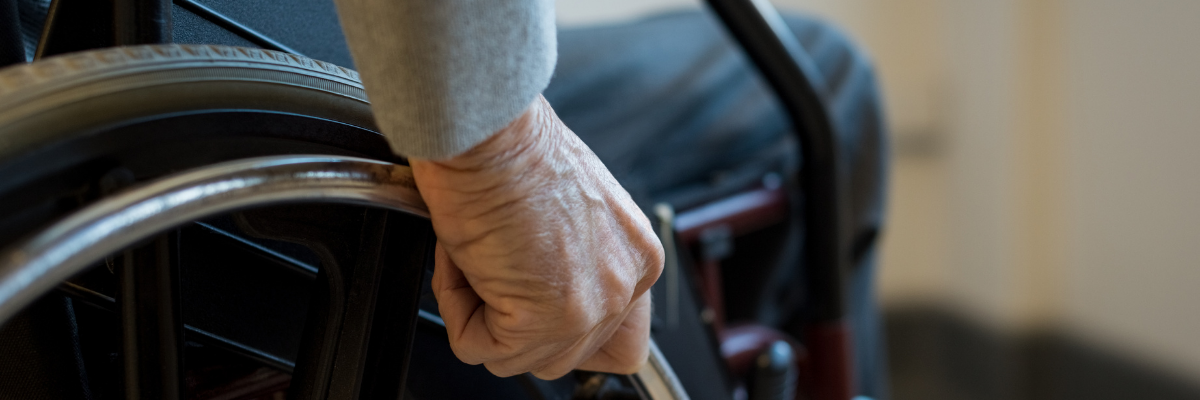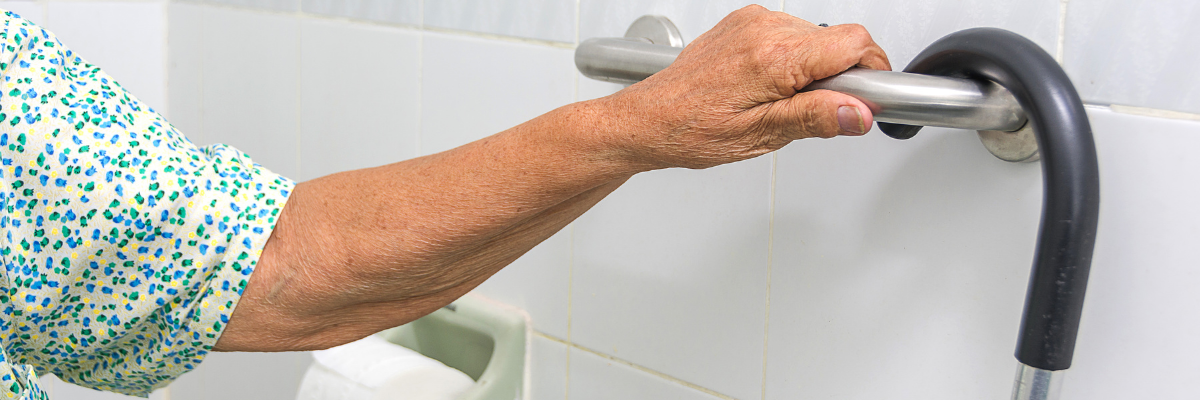Home Adaptations for the Elderly With Disabilities
As we grow older, we lose muscle mass and suffer from more chronic diseases and disabilities. However, old age does not have to mean becoming completely disabled! Mobility problems and disabilities can have a significant impact on older people’s quality of life, well-being and mental health. Such conditions often make people feel helpless and expendable, which can lead to apathy and depression. That is why it is so important to react in time, to use preventive methods such as home modifications for the elderly! But what are the most practical ones? Which kitchen, bedroom and bathroom modifications for the elderly to choose? And what can you do to create a truly senior-friendly home in which everyone feels comfortable? Find out below! Let’s get started!
Why is it worth considering installing home adaptations for the elderly?
The main reason for installing home modifications for seniors with disabilities is to make the home a safer and easier to navigate place in which the elderly person can feel comfortable. Home adaptations for seniors make it easier and safer to carry out daily activities such as cooking, cleaning, climbing stairs or using the toilet, ensuring a sense of independence and self-confidence and thus reducing the risk of helplessness-related depression and apathy. Even making small but practical changes to the home, such as lowering kitchen worktops to make meal preparation easier, or removing stairs to provide better access to a particular room, can make a senior feel 10 years younger. A senior-friendly home can also allow a senior to continue living in the comfort of their own home, rather than moving to a nursing home or hospice, and drastically reduces injuries among seniors.
How to create a senior-friendly home?
When embarking on a project to prepare a home modification for the elderly, the first thing to consider is the state of health and the form of disability of the elderly person. Nowadays, there are hundreds of different possibilities to create home modifications for the elderly, so instead of buying everything at once, you should think about the needs of a particular person. If the senior is in a wheelchair, then you can think about bathroom modifications for the elderly, such as installing fixtures and fittings or widening doorways and passageways. There is no one-size-fits-all solution, so you should first determine the needs of the older person, their safety options and your budget, and then move on to installing home modifications for the elderly.
What are the most popular home modifications for the elderly with disabilities?
A person who first encounters the issues of disabilities or the needs of the elderly may have a hard time coming up with the kind of home adaptations for seniors that will keep them safe and comfortable. That’s why, before we get into more detailed musings on the subject, here are some ways, both big and small, to make home modifications for the elderly with disabilities.
Bathroom modifications for elderly
Since the bathroom is the place in the house where most accidents and injuries occur, this room should be adapted to the needs of an elderly person with disabilities in the first place. One option for bathroom modifications for the elderly is to replace the bathtub with a walk-in shower, which provides much easier entry and exit than a bathtub. A second bathroom modification option is to replace a traditional bathtub with a walk-in shower, while if you want less invasive bathroom modifications for the elderly, a safety bar or seat belt can be fitted to the bathtub.
Kitchen modifications for elderly
For elderly with disabilities such as balance problems or trouble walking, and especially if they use a wheelchair, you may find that appliances are no longer in ideal locations and countertops and cabinets are too high. Therefore, adjusting the height of the countertop and lowering the sink to allow easier access from a seated position is a basic option for home adaptations for the elderly.
Outdoor modifications for elderly
When it comes to outdoor home adaptations for the elderly, the first things that come to mind are lifts and ramps. Outdoor stairs may be challenging for seniors with balance or walking difficulties. Installing ramps is a necessary home modification that provides greater independence and safety. Internal threshold ramps, which provide smooth transitions from one surface to another, making it safer to move around the home, are also a necessary home modification for older people who use wheelchairs. Threshold ramps are oftentimes made of elastic, so they can be readjusted to accommodate the height of the step or door frame.
Now, these are all the most important and simple to implement home adaptations for the elderly, once installed, you will be one step closer to creating a senior-friendly home! We hope you found this article useful, and if you want to learn how a live-in carer can help with seniors’ mobility issues and disabilities, then feel free to check out our new article on the subject, available here.














